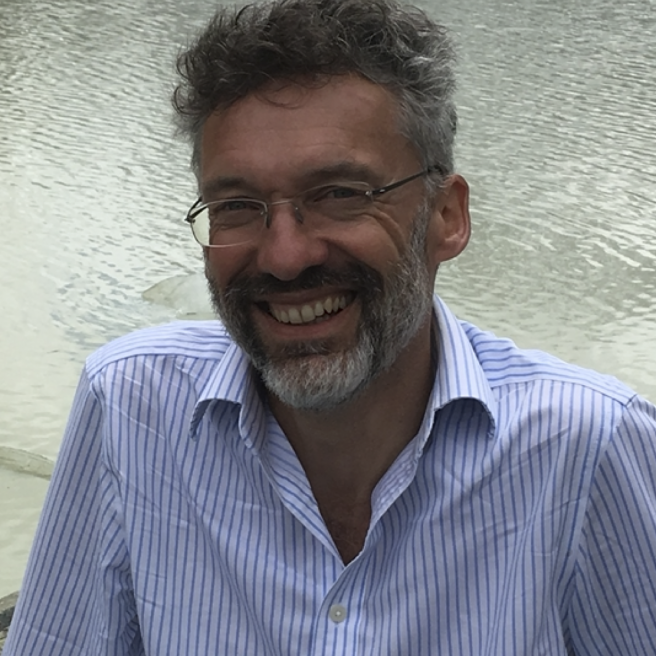David A. Keen, senior independent research scientist at the ISIS Facility, Rutherford Appleton Laboratory and a visiting professor in the Physics Department, Oxford University, is the next invited speaker of the Wigner Colloquia. The title of his lecture is: "Local complexity in (mostly) cubic crystals".
Wigner Colloquia is a highlighted seminar series of the Wigner Research Centre for Physics. Invited speakers are the most excellent researchers from different areas of physics. The goal of the program is to give first-hand knowledge to our colleagues and the interested professional public from well-known scientists from all over the world.

David A. Keen (Photo: University of Oxford)
David Keen is a senior independent research scientist at the ISIS Facility, Rutherford Appleton Laboratory and a visiting professor in the Physics Department, Oxford University. He has been an instrument scientist for the single crystal neutron diffractometer and the GEM total scattering powder diffractometer at ISIS. Throughout his research career he has been interested in the way that local structural complexity governs a material's physical properties, especially across disordering phase transitions. To achieve this, he uses a combination of total scattering (i.e. diffraction data containing both the Bragg and diffuse scattering components) and refinement of large box models using the reverse Monte Carlo method. More recently he has been using X-ray measurements to investigate the behaviour of larger structures such as the amorphization of metal-organic frameworks. He has been President of the British Crystallographic Association, the Chair of the International Advisory Committee for all the Budapest RMC Conferences and an advisor for several total scattering instrument designs at central facilities around the world.
Abstract of his lecture:
Cubic crystals have always appealed to condensed matter physicists for their conceptual simplicity and structural richness. The first crystal structure to be determined by X-ray diffraction was cubic and they still play a key role in diffraction instrumentation today. But what happens when parts of the structure deviate from cubic symmetry at a local level? How can we determine this local complexity experimentally and – equally importantly – interpret our data in a crystallographically coherent manner? This is what this talk will explore. I will outline an analysis methodology based on neutron and X-ray diffraction and pair distribution function methods which can be used to extract local complexity signatures within long-ranged ordered crystals. The talk will include a number of examples including phase transitions in perovskites, simple ice structures and other disordered cubic-structured materials.
Place of the colloquia: Building 1, meeting room
Date: 6 December 2022, 14 p.m.



